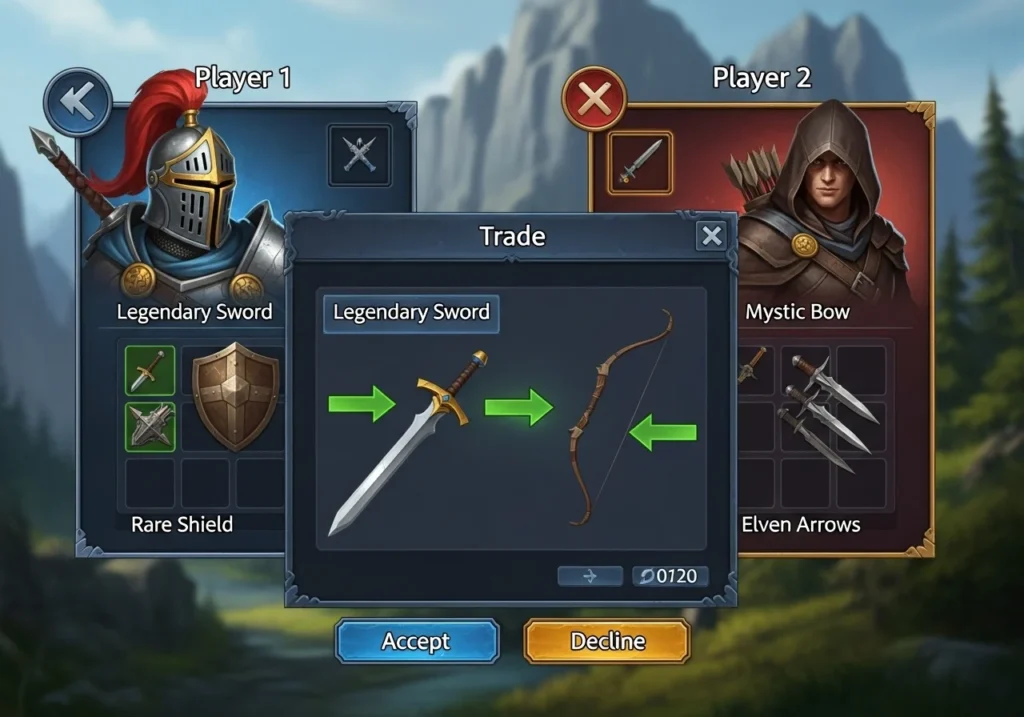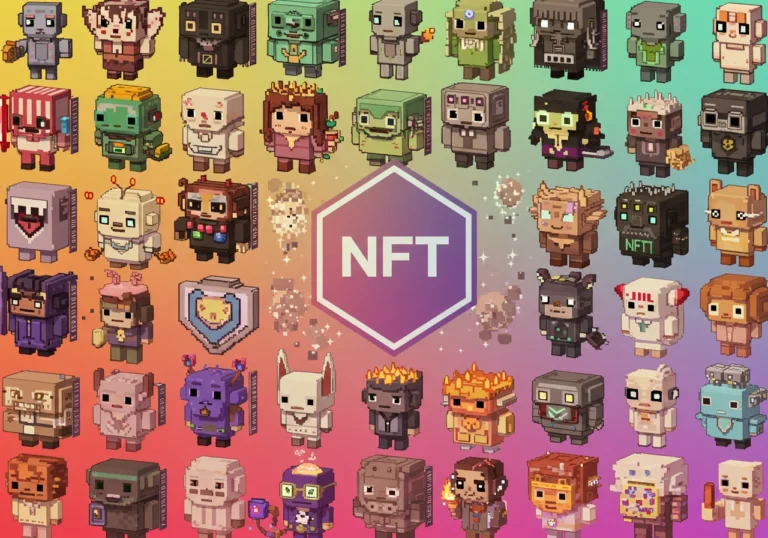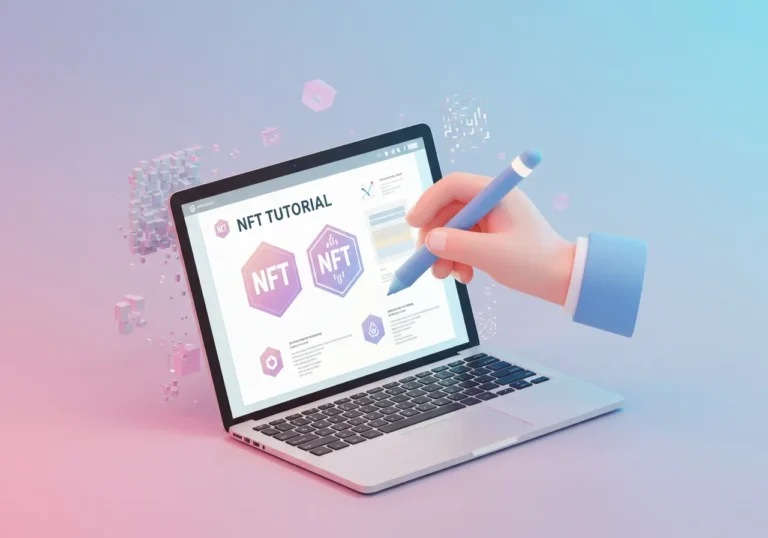Sui Blockchain Explained: Understanding its Parallel Processing Security Model
Sui Blockchain is built to handle many tasks at once. It tries to be fast without giving up safety. That sounds like a hard balance. In this piece I’ll compare Sui to simple everyday things. I’ll also give practical examples so the ideas stick. By the end, you should be able to explain the basics to a friend — or at least feel comfortable asking the right questions.
What is Sui Blockchain?

Think of a busy post office. People arrive with packages. Each package needs sorting, stamping, and sending. Most post offices process packages one by one. Sui, instead, sets up many counters and workers who can handle non-conflicting tasks at the same time. The result: less waiting and faster delivery.
In technical words, Sui is a permissionless blockchain that focuses on parallel execution of transactions. That means many operations can happen at once if they don’t interfere with each other. The key idea is to split work smartly so the whole system becomes faster and cheaper to use.
A simple analogy
Imagine a kitchen with one cook. They make each dish in order. Now imagine a team of cooks, each responsible for different dishes. If each cook works on different meals, more plates leave the kitchen quickly. That is what parallel processing does for Sui.
Why parallel processing matters
Most blockchains process transactions one after the other. This keeps things simple and safe. But it also slows the network when many people use it at once. Sui tries a different path. It looks at what each transaction does and decides if it can be done alongside others.
This approach helps in several ways:
- Faster transaction finality. You wait less to know a transaction is done.
- Lower fees, because the network uses resources more efficiently.
- Better user experience for apps and games that need many quick actions.
How Sui identifies which tasks can run in parallel
Sui uses a simple but clever trick: it treats digital objects as the focus of activity. Each transaction acts on objects, like tokens, game items, or documents. If two transactions touch different objects, they can run at the same time. If they touch the same object, Sui makes sure they run in order.
Example: a game with items

Imagine a game where Alice trades a sword and Bob trades a shield. If Alice and Bob trade different items, Sui can process both trades at once. But if both try to trade the same sword, Sui handles them in sequence to avoid confusion.
This object-centric model is a gentle switch from account-based models. It allows Sui to spot independent actions and group them for parallel processing.
The security side: keeping things safe while running fast

Speed is great, but not if it causes mistakes or fraud. Sui uses multiple layers to protect transactions while processing them in parallel.
Digital signatures and authentication
Every transaction is signed by the sender. That proves who started the action. Signatures are checked before processing. This is the same basic step as in other blockchains.
Object ownership and checks
Sui tracks who owns each object. Before a transaction changes an object, Sui verifies ownership and any required permissions. This prevents unauthorized changes.
Consensus and finality
Even with many transactions happening at once, the network needs agreement about the final state. Sui uses a consensus mechanism to confirm which transactions are accepted and in what order when required. This step ensures that once a transaction is final, everyone sees the same result.
Atomicity and safety
If a transaction needs multiple steps, Sui ensures they succeed or the whole thing rolls back. This prevents partial changes that could leave systems in a bad state.
How Sui handles conflicts
When two actions touch the same object, a conflict occurs. Sui handles this by ordering conflicting transactions. One will succeed first; the other will follow as appropriate. This ordered handling keeps the system consistent without blocking all unrelated actions.
Practical example
If Alice sends a token to Carol and Bob tries to send the same token to Dana at the same time, Sui will only let the first valid transaction succeed. The other will fail or be re-run, depending on how the app handles it.
Real-world benefits for developers and users
Sui’s model brings practical gains:
For developers
- Easier to build fast apps. Games and marketplaces benefit from quick, parallel actions.
- Predictable costs. Efficient processing can lower the gas or fee for users.
- Flexible object model. Developers can design items, tokens, and data with ownership built in.
For users
- Faster responses. Less waiting when you click “send.”
- Cheaper interactions. Lower fees mean more affordable apps.
- Better experience in interactive applications like games or social apps.
Questions people often ask
Is Sui less secure because it processes things in parallel?
No. Parallel processing does not mean skipping checks. Sui keeps strict ownership, signature, and consensus checks. The parallelism is about ordering and efficiency, not about removing safety steps.
Will transactions ever change unexpectedly?
No. Once Sui finalizes a transaction, it is settled. The network uses cryptographic proofs and consensus to create that guarantee.
Can Sui work with existing wallets and tools?
Yes. Sui supports wallets and developer tools that speak the same basic languages as other blockchains. The developer ecosystem continues to grow.
What makes Sui different from other blockchains?
Many blockchains use account-based systems. They list balances under accounts and process transactions in a single queue. Sui’s object model flips that idea: items are the units of work. That simple shift unlocks parallelism.
Sui also focuses on user-centered design. The aim is to make everyday actions quick and affordable. This design choice helps real apps feel smooth to users.
Things to watch out for
Sui is promising, but like any new system it has challenges:
- Developers need to learn a new model. The object-centered approach requires fresh thinking.
- Interoperability with other blockchains can take extra work.
- As usage grows, node operators and infrastructure must scale too.
These are not roadblocks. They are normal growing pains for any new technology.
How to get started with Sui
If you want to learn more hands-on:
- Read the official docs and tutorials. Start small.
- Try a testnet or simulator to see parallel processing in action.
- Build a simple app: a marketplace or a toy game. Focus on objects and ownership.
- Join developer communities and ask questions.
Start gentle. Play, test, and then build something useful.
Quick summary
- Sui Blockchain focuses on parallel processing of transactions.
- It uses an object-centered model for ownership and actions.
- Independent transactions run at the same time to speed up the network.
- Security is kept through signatures, ownership checks, and consensus.
- Conflicts are ordered to keep the system consistent.
- Benefits include faster transactions, lower fees, and better user experiences.
- Developers must learn the object approach but gain performance and flexibility.
Other FAQs
Q: Is Sui only for games?
A: No. Games are a natural fit, but Sui works for marketplaces, social apps, finance, and any app that benefits from fast, cheap transactions.
Q: Do I need special hardware to use Sui?
A: For regular users, no. Developers and node operators may need more technical setups. Most users interact through wallets and apps.
Q: Can Sui talk to Ethereum or other chains?
A: Interoperability is possible, but it may require bridges or wrapped assets. That area is evolving.
Q: Will Sui replace other blockchains?
A: Not likely. Different blockchains serve different goals. Sui offers a model optimized for parallel work and fast user experiences. It expands choices rather than replacing them.
Q: How safe are my assets on Sui?
A: Sui uses standard cryptographic protections, ownership models, and consensus rules. As always, use secure wallets and follow best practices.

Hello, I’m Edmilson Dias, founder of CoinBringer. I created this platform to guide people through the fast-moving world of cryptocurrency with clarity and safety. With years of research in blockchain and digital security, my goal is to translate complex topics into practical knowledge, offering reliable tutorials, safety insights, and guidance for both newcomers and experienced users.
Discover more from CoinBringer
Subscribe to get the latest posts sent to your email.







